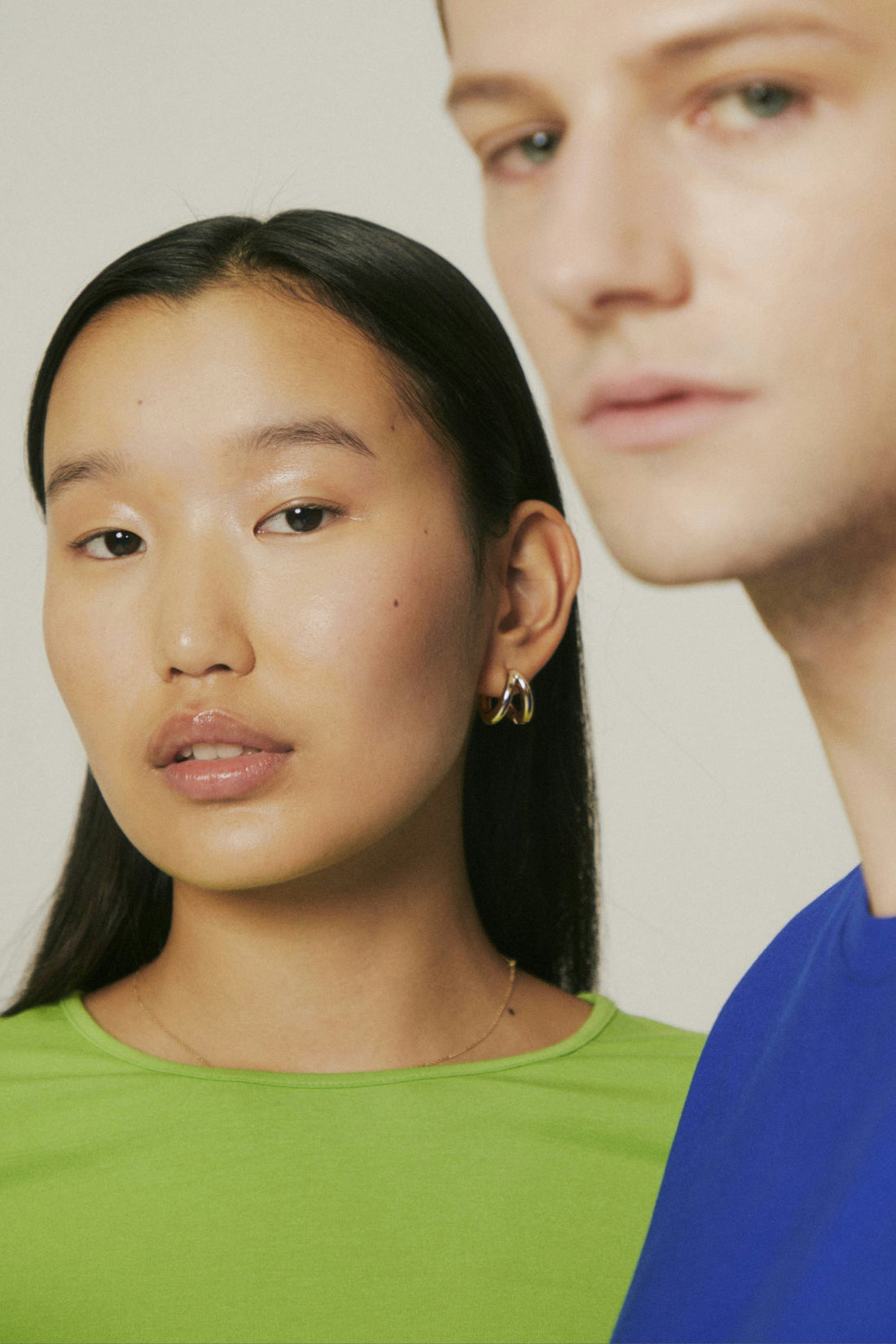Fungal acne, or Malassezia folliculitis, is a skin condition often mistaken for bacterial acne. Unlike traditional acne, which results from clogged pores and bacteria, fungal acne arises from an overgrowth of Malassezia yeast within hair follicles. This condition is particularly common in warm, humid environments and can be exacerbated by certain lifestyle and skincare choices.
Causes and Risk Factors
Fungal acne occurs when Malassezia yeast proliferates excessively, leading to inflammation of the hair follicles. Several factors contribute to this imbalance:
- Environmental Conditions: High humidity and excessive sweating create an ideal environment for yeast growth.
- Compromised Skin Barrier: Overuse of antibiotics or corticosteroids can disrupt the skin’s microbiome, allowing Malassezia to flourish.
- Dietary Factors: High sugar and dairy intake may influence fungal growth by altering skin and gut microbiota.
- Occlusive Skincare and Clothing: Heavy moisturizers, oils, and tight clothing can trap heat and moisture, promoting yeast proliferation.
A study published in Frontiers in Cellular and Infection Microbiology found that Malassezia species are present in 92% of individuals with folliculitis, highlighting their role in skin conditions (Gaitanis et al., 2012).
Symptoms and Diagnosis
Fungal acne often presents as uniform, itchy pustules on oily areas like the forehead, chest, and upper back. Unlike bacterial acne, these breakouts:
- Are more likely to be itchy rather than painful.
- Appear in clusters rather than isolated lesions.
- May worsen with traditional acne treatments, such as benzoyl peroxide or antibiotics.
Dermatologists often diagnose fungal acne through:
- Clinical Examination: Evaluating lesion patterns and patient history.
- Potassium Hydroxide (KOH) Test: A microscopic test revealing Malassezia yeast.
- Fluorescence under Wood’s Lamp: Malassezia may fluoresce under UV light.
Treatment and Prevention
Because fungal acne is caused by yeast, antifungal treatments are more effective than traditional acne medications.
Treatment Approaches
- Topical Antifungals: Ketoconazole (2%) shampoo or cream has been shown to reduce Malassezia counts significantly (Prohic et al., 2016).
- Oral Antifungals: Itraconazole or fluconazole may be prescribed for severe cases.
- Sulfur and Zinc-Based Products: These can help regulate yeast populations on the skin.
Preventive Measures
- Maintain a Balanced Microbiome: Avoid overuse of antibiotics and use probiotic-rich skincare.
- Wear Breathable Fabrics: Reduces moisture buildup on the skin.
- Adjust Skincare Routine: Opt for non-comedogenic, oil-free products.
- Modify Diet: Reducing sugar intake may help regulate fungal growth.
Conclusion
Fungal acne is often misdiagnosed, leading to ineffective treatment with standard acne medications. Understanding the role of Malassezia yeast and adopting targeted antifungal strategies can significantly improve skin health. Fungal acne is different than other forms of acne, but acne prevention supplements are always a good first line of defense in prevention. Healthy skin helps build the base for defending against most acne related issues.
Sources:
- Gaitanis, G., Magiatis, P., Hantschke, M., Bassukas, I. D., & Velegraki, A. (2012). The Malassezia genus in skin diseases. Frontiers in Cellular and Infection Microbiology, 2, 7.
- Prohic, A., Jovovic Sadikovic, T., & Krupalija-Fazlic, M. (2016). Malassezia species in healthy skin and in dermatological conditions. Acta Dermatovenerologica Alpina, Pannonica et Adriatica, 25(2), 37-42.
- https://pmc.ncbi.nlm.nih.gov/articles/PMC3970831/
- https://pmc.ncbi.nlm.nih.gov/articles/PMC3162261/
